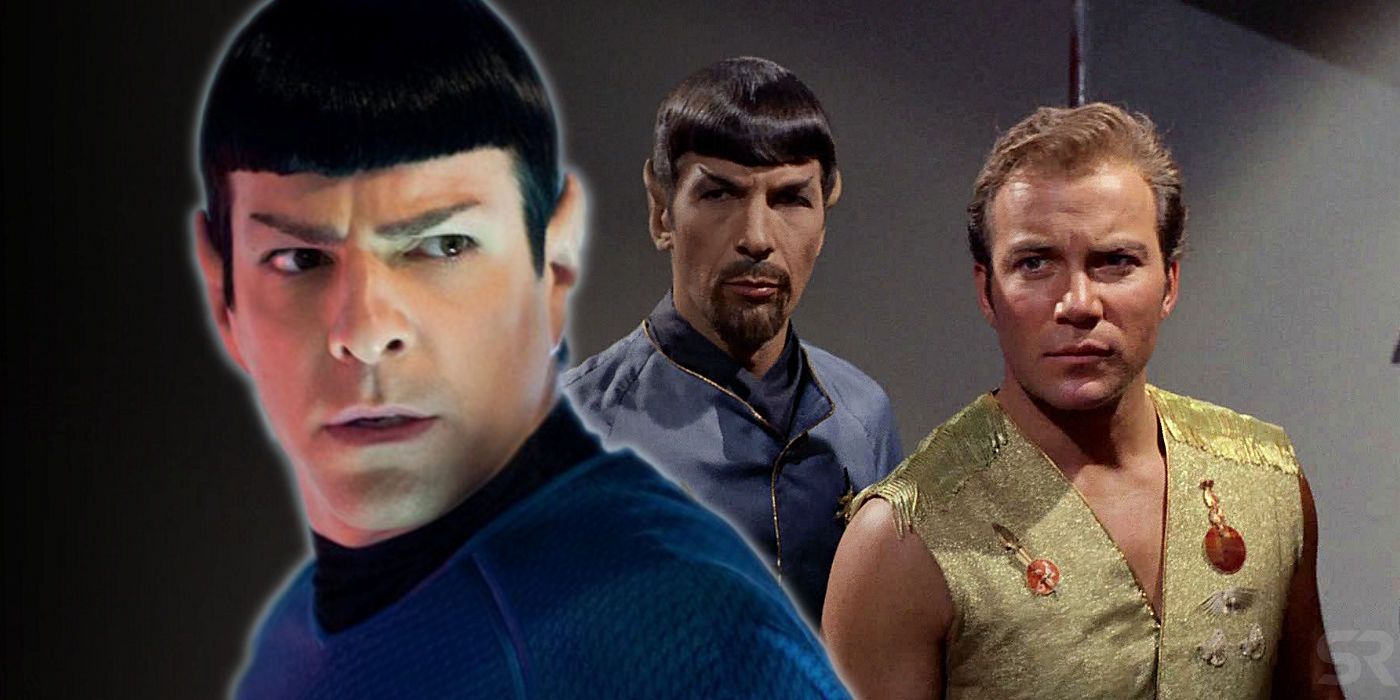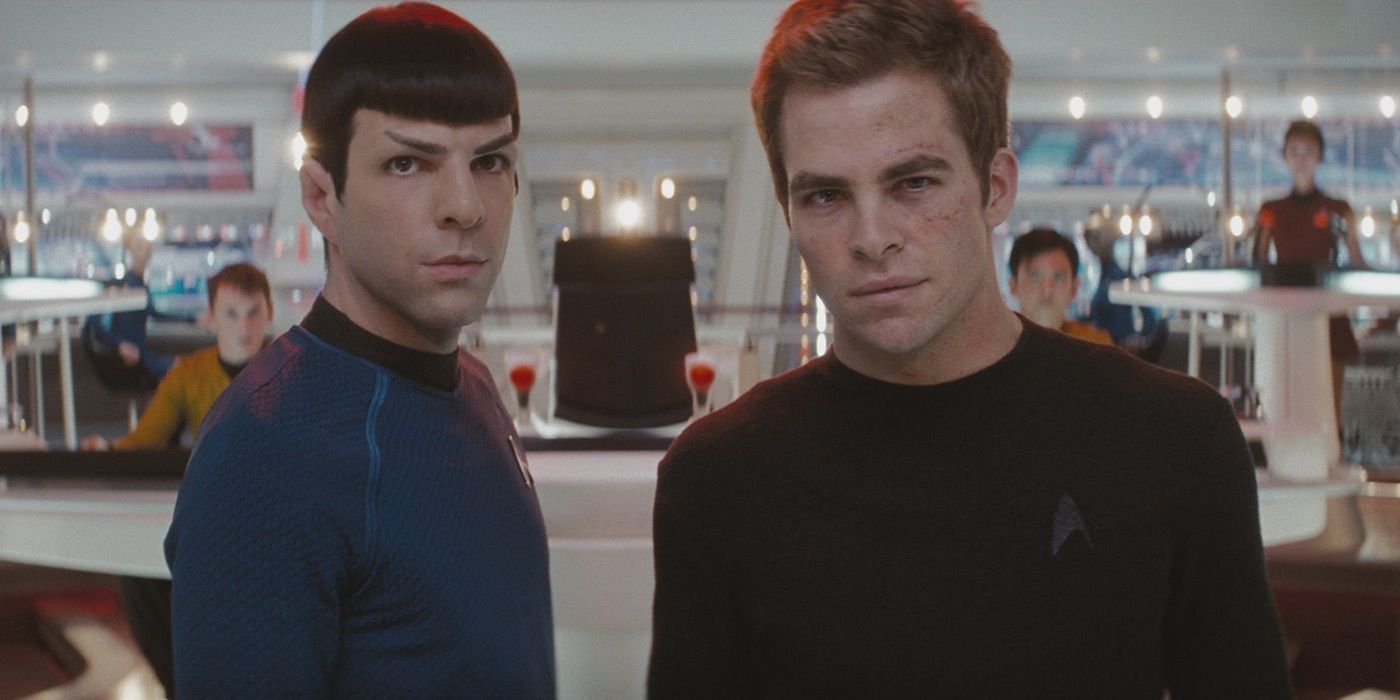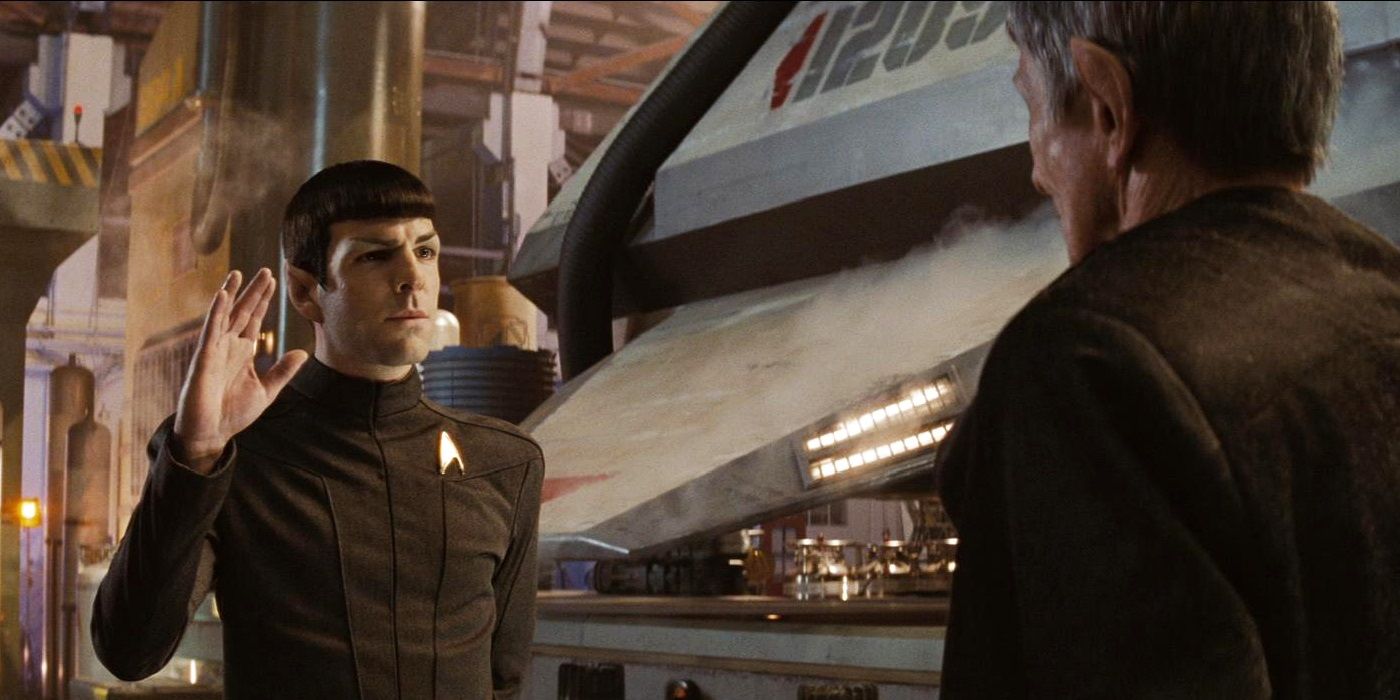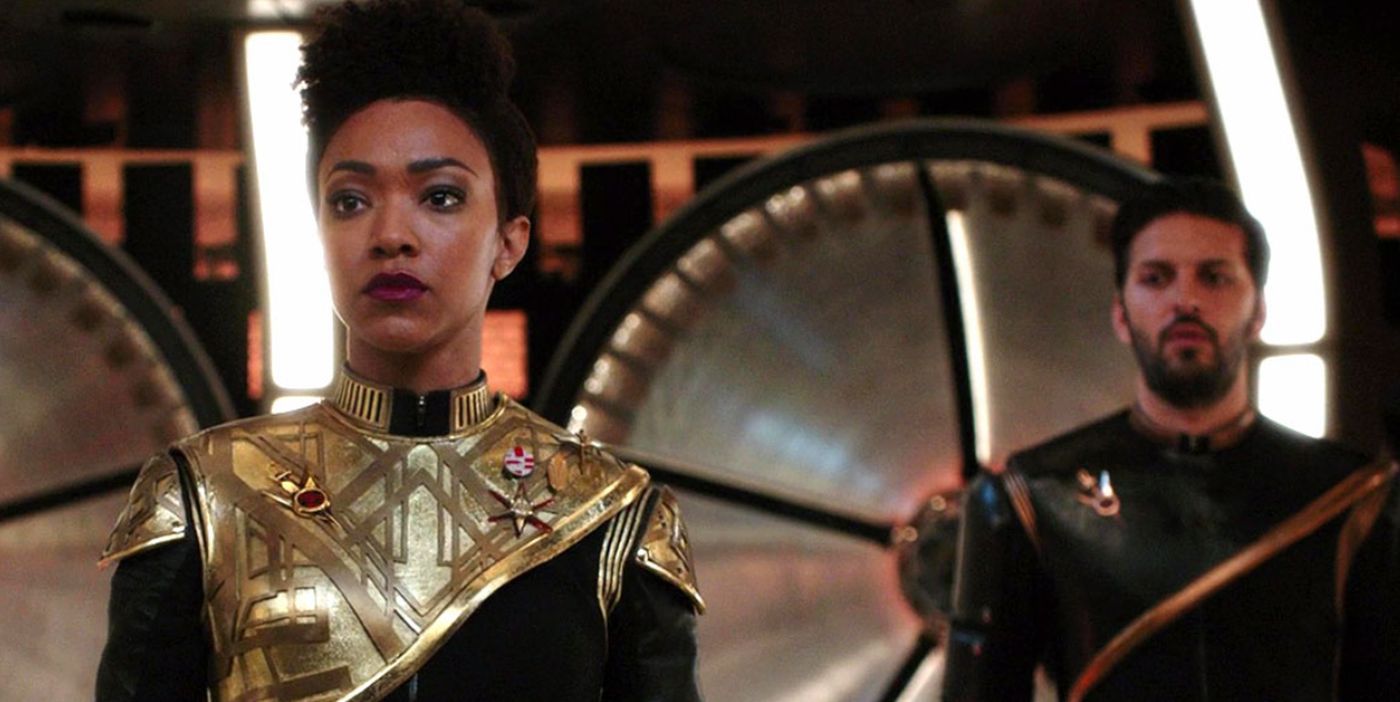Star Trek's Kelvin Timeline may be done on the big screen, but the franchise can still utilize the world of J.J. Abrams' films by making it a recurring alternate reality - just like the Mirror Universe. The Kelvin Timeline films - which take place outside of the continuity of all other Star Trek films and series - have seemingly met an abrupt end with Star Trek 4 being canceled, and Paramount seems unsure of the franchise's cinematic future, if it even has one.
Meanwhile, CBS All Access' Star Trek: Discovery is hitting its creative and popular stride coming off of its much improved second season. That success will soon lead to several spinoff series, including the animated comedy Lower Decks, a Section 31/Discovery spinoff starring Michelle Yeoh's Captain Philippa Georgiou, and, perhaps most thrillingly, Patrick Stewart's return to the character that made him a household name in a series focusing on Jean-Luc Picard.
The fortunes of the Star Trek films and TV series flipped so drastically that fans might be looking for a goatee on Spock's chin. And yet there's a way for the CBS All Access shows to honor the Kelvin Timeline films in the same manner those movies honored what came before. But to understand how this can work, we first have to take a look at some future history and acknowledge the current state of the film slate.
The Kelvin Timeline Movies Are Done
In this era of mega blockbuster franchises fueled by nostalgia and geek culture, it's a little strange that the Star Trek films never really took off. The first two films - directed by future Star Wars helmer J.J. Abrams - were box office successes, though not really on the same level as the average Marvel or Disney movie. The third film, director Justin Lin's Star Trek Beyond, was a box office disappointment, despite some of the strongest reviews in the franchise's history.
Pre-production on a fourth film dragged along for awhile before Paramount hired TV veteran S.J. Clarkson to serve as the first female director in Star Trek's big screen history. That film would have presumably dealt with time travel, as Chris Hemsworth was set to return as George Kirk, Captain Kirk's father, who we saw die in the first film as James Tiberius was born. But it was not to be: both Hemsworth and Chris Pine walked away from the negotiating table when Paramount reportedly low-balled them on salaries. Pine's departure effectively killed any further development on the project, and Paramount has nothing concrete planned for Star Trek's movie future.
It's probably worth mentioning that Quentin Tarantino has taken meetings with Paramount about potentially directing an R-rated Star Trek film, but the odds of that ever actually getting made are slim for many, many reasons. The Star Trek film franchise, as of 2019, is essentially mothballed.
The Prime Universe Can Honor The Kelvin Timeline
The Kelvin Timeline films are often referred to as a reboot, but that's not really accurate. Batman Begins is a reboot because it has no narrative or creative ties to the film series that came before; the same is true of films like Spider-Man: Far From Home and Man Of Steel. But the 2009 Abrams film goes to extraordinary lengths to make it clear that the Kelvin Timeline has its origins in the Prime Universe, where all prior Star Trek stories were told.
Eight years after the events of Star Trek: Nemesis, the final film in the Prime Universe, Spock (once again played by Leonard Nimoy) must save the galaxy from a gigantic supernova. He's able to neutralize the threat, but not before the destruction of Romulus, a planet near and dear to his Vulcan heart. Spock's ship and a Romulan mining vessel - commanded by the vengeful Nero - are pulled into the black hole that was a side effect of the supernova's destruction; both ships were pulled into the relative past of the early 23rd century.
Spock and Nero's arrival in the past changed the timeline, creating an alternate reality featuring slightly different versions of the characters and ships we love. The Prime Universe was never snuffed out, we just stopped seeing stories told in that reality. It's hard to articulate just how rare it is for a creative team to bend over backwards to not only honor what came before, but to preserve and protect the legacy of what came before, well beyond the usual corporate interests.
The CBS All Access shows - or really just one of them - could easily return this favor. There have been innumerable alternate realities over the six decades Star Trek has been telling stories; making the Kelvin Timeline one of those alternate realities seems like an easy way to please (almost) everyone. It would forever end the arguments over whether or not the Kelvin films are "real" Star Trek, for one thing. It would also be something of a gesture of mutual respect, a sign of gratitude for keeping the franchise lights on while the television rights sat in limbo for well over a decade.
Revamp The Kelvin Timeline Like The Mirror Universe
There are plenty of existing alternate realities within the Prime Universe, but the most famous is undoubtedly the Mirror Universe. Debuting all the way back in the Star Trek: The Original Series episode "Mirror, Mirror," the Mirror Universe is a dark parallel reality where, in place of the Federation, the ruthless Terran Empire reins over the universe with an iron fist. People who are calm in the main timeline are unusually angry; reserved characters come off as overtly seductive and manipulative; Spock sports a dastardly goatee.
The Mirror Universe would resurface decades later on Star Trek: Deep Space Nine and Star Trek: Enterprise, and it's ended up playing a surprisingly crucial role in Star Trek: Discovery's first two seasons. The ultimate villain of the show's first season turned out to be Captain Gabriel Lorca, a Mirror Universe mercenary intent on galactic conquest; the version of Philippa Georgiou that will be headlining that Section 31 spinoff is a Mirror Universe refugee, the former Emperor of the Terran Empire.
It seems unlikely that Chris Pine or Zachary Quinto would show up to make a cameo as Kirk or Spock in a CBS All Access series, but showcasing other corners of the Kelvin Timeline could both honor those films and provide for some intriguing story possibilities. Fans have often wondered what things in the Kelvin Timeline would look like around the time of Star Trek: The Next Generation, a century after Kirk and Spock's adventures. Jean-Luc Picard meeting a younger version of himself engulfed in lens flare could be fun - as long as they don't cast Tom Hardy again.
The Kelvin Timeline was polarizing from the moment it was announced. For many people, it seemed like a movie studio trying to revive an exhausted franchise by preying on people's nostalgia. But those movies ended up not only keeping Star Trek in the public consciousness, but they also had some interesting and valuable things to say about these characters and their worldview. It was never going to be the foundation for an expanded version of the Star Trek franchise like what CBS All Access is currently cooking up, but it's an important part of Star Trek lore. It deserves better than to simply disappear from the franchise's memory like Sybok or Dr. Pulaski. The Kelvin Timeline deserves acknowledgement from the Prime Universe fiction for boldly going in the dark days when no one else could be bothered.




